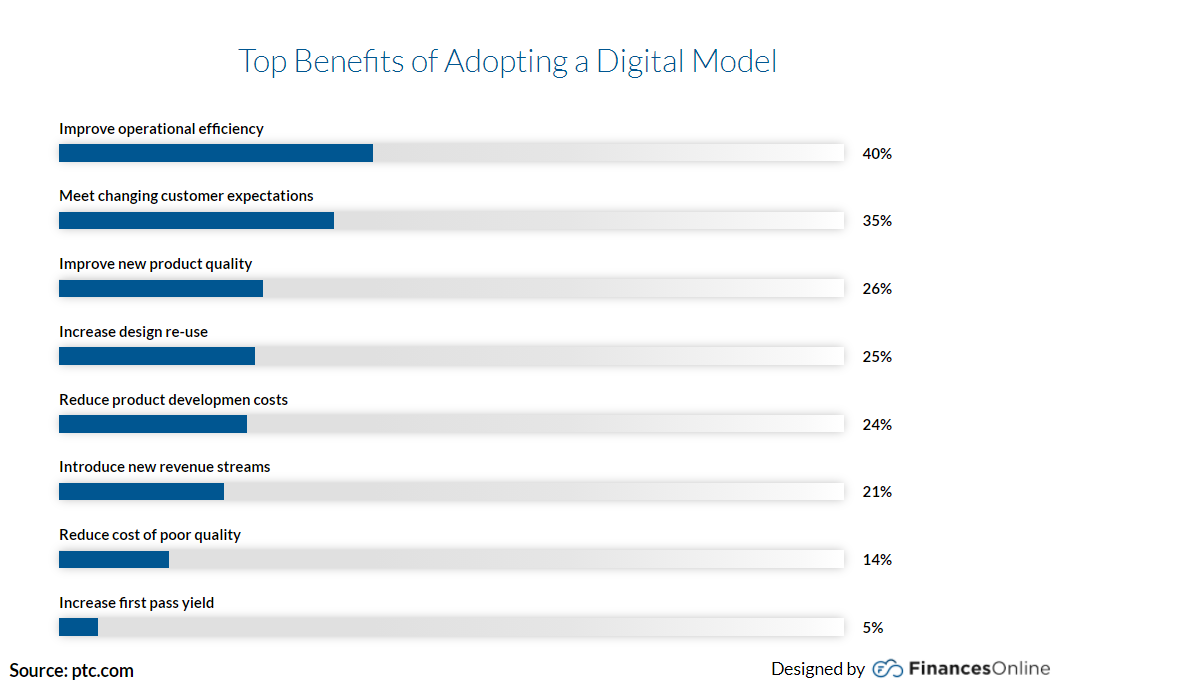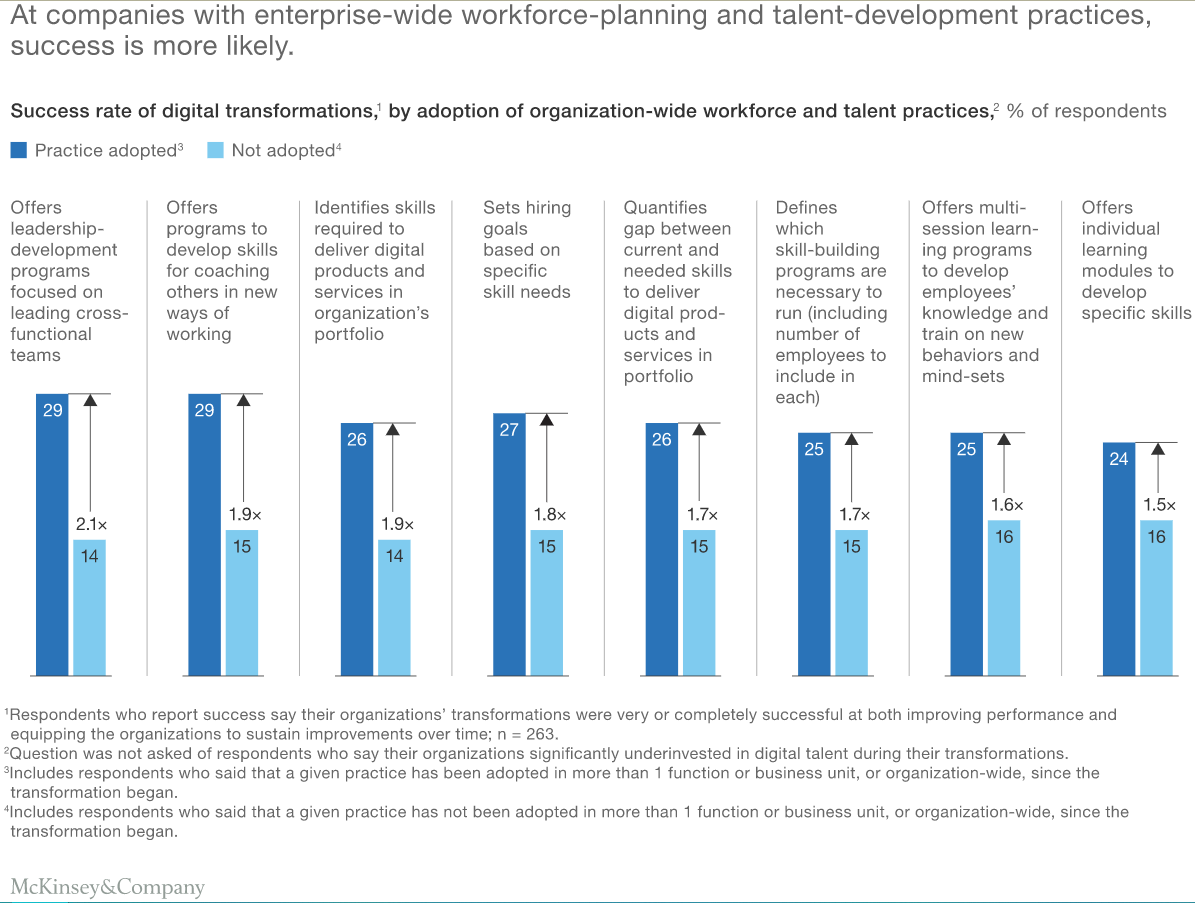How to Help Employees Embrace Your New Tech Stack
Adapting and learning a new tech stack may be difficult for some. Overcoming these hurdles by leading and showing them it's easy will help your team get going.
Join the DZone community and get the full member experience.
Join For FreeCongratulations! After reading tons of business process management books, you have decided to invest in the best productivity software for your business. Now you can implement the new platform and watch your team’s output soar as you ride off into the sunset, right?
Sadly, no.
One of the biggest hurdles for business owners is getting employees to accept and adopt new technology. Whilst you may appreciate how a new system can enhance productivity, employees often need more convincing. There’s no point trying to strong-arm your way into implementing new tech. You will end up alienating your team, which is disastrous for a company. In the worst-case scenario, you may be left with expensive technology that no one uses.
With more and more companies adopting remote work tools and policies, holding back on innovation isn’t an option. Whether you’re using IT solutions for communications, customer service, project management, building cyberinfrastructure, or something else, it’s vital to have your team on board.
Let’s take a look at some top tips to help them embrace your new tech stack.

1. Research
Before you invest in new tech, do your research. As part of this research, a company needs to:
- Identify the issue that needs to be addressed
- Assess how the new tech resolves the issue
- Do due diligence on how this tech compares with competitors on price, efficacy, etc.
- Assess what kind of training and/or additional resources are needed for implementation
- Define a timeframe for adopting the new tech
- Read reviews and case studies
The first point of your research should be your employees. Talk to your team and let them tell you the challenges they are facing with the present issue. Instead of suggesting you adopt the new software or system, ask them if they would benefit from a tech solution. Take advantage of your new tech’s free trial period if it has one. It’s a good idea to involve a small team during this trial to get a feel of how the rest of the team might receive it.
Having a structured list of the uses and benefits of the new technology helps you in the next step.
Present Your Case
Team leaders and higher management may understand how implementing the new software can improve KPIs. But employees need to be convinced of its usefulness. For this, they need proof in the form of hard data and analytics.
Provide customer data on service reports and performance ratings, sales forecasts, and other statistics. Demonstrate how the new tech boosts sales or improves human resource management. Make sure to back up each claim with a statistic. It is much easier to convert the naysayers when they can see the benefits to their personal performance.
Show Them It’s Easy
No amount of stats and analytics will turn your team to your side unless your new tech stack is user-friendly. Most people are nervous to adopt new technology because much of it can be complex and have poor UI/UX. You need to show your team that it is easy to use. 
2. Do a Trial Run
Before implementing your new tech stack, set a trial period to test its different features, functions, and interface. The sales process guide that your competitors are using may or may not be the best solution for your business — but you won’t know until you try.
The trial period is a good time to assess if the new software is addressing an issue in the way you need. In fact, during this phase, you can also find out how user-friendly the new tech is. Ultimately, a good user experience is what will convince employees to accept new technology.
If the new tool or platform comes with a tutorial, make sure to read it thoroughly. Research online for any additional guides and compile a list of the best resources. Having all the learning material in one place will be useful for both you and your employees when the new tech is formally implemented.
3. Build Team of Allies
It is important to engage with the vendor or agency providing the new tech. As you start exploring the software or platform at your own pace, you will find features that stick out for their convenience or will help you prioritize your tasks. There will also be some aspects that you struggle with. Make a note of each of these points and seek clarification from the vendor. Remember, they want to sell you their tech. So they should be happy to answer all your questions — and if they’re not, it might be a sign they’re not right for you.
Expect resistance from some of your employees when you announce plans for your new tech stack. The best way forward is to assemble a team of allies. Identify individual employees who are most open to the idea. This may be someone who directly benefits from the solution the new tech will provide or has an affinity for tech innovation. For instance, if you’ve looked at new online marketing tools, having a few key analysts assess the results can let you know if it’s worth it, as well as persuade the rest of their team.
Typically, this team of allies will also include senior management like supervisors and team leaders who can influence other employees. If these senior leaders show enthusiasm to adopt new tech, they are more likely to persuade their teams to follow suit.
4. Training

Adapt Training Material
Employee training is key to the successful implementation of new technology. Talk to your employees and assess their individual learning needs. Some people might prefer online learning tech, while others might need a more hands-on approach. Adapt your training material to match different learning styles. You can also create a to-do list in excel to monitor all the training you have already provided, and the pending ones as well.
Make It Accessible
Adopting new technologies is hard for most people. Help them out by making all learning material easily accessible. Besides the in-person training sessions, set up an intel-sharing platform to provide user guides, tutorials, and other helpful learning resources. It’s also important to provide on-call help at least in the initial stages. A dedicated group video chat app can be useful for answering questions as employees navigate the new tech on their own.
Make It Fun
Find innovative ways to make training fun. Arrange team games and interactions to make sessions more engaging. Hosting a training lunch instead of a session in the conference room first thing in the morning can help spruce things up.
Offer Rewards
Encourage employees to embrace your new tech stack by offering awards and incentives to the best learners. Gift cards and discount vouchers are great ideas for prizes and motivate people to go that extra mile. Recognize star performers and hold them up as examples to the rest of the team.
5. Lead by Example
The most effective way to encourage employees to embrace your new tech stack is to lead by example. This means attending training sessions. Show that you are 100% committed to the idea. Share what you have learned and also where you struggled. This reassures the cynics that it is okay to fail. Also, seeing that you are learning to use the new tool or platform encourages your teams to do the same.
As a leader, you should position yourself as a champion of the new tech. You must do your research and be prepared to answer any questions. Set a realistic timeline for transition to the new system and above all else, be patient. Remember, most people are creatures of habit. Adapting to new technologies can be intimidating. Give them time and space to learn. Use effective communication strategies to offer encouragement and boost morale.
Once your trial is completed and your training is done, it’s time to institutionalize the new tech. You should be prepared to allow up to two weeks for the transition to the new system. In this time, get feedback from employees and offer additional support to those who are struggling. Create an open platform for discussing the new tech. This is the key to a collaborative IT culture which is the life force of a business.
Embrace the Future
Remember the thumb rule of innovation is that it never stops. Even after you’ve successfully adapted your new tech, you need to update it and the ways in which you use it. Technology advances so fast that by the time you have fully adopted a new system, new updates for it are likely to be available.
Once you’ve successfully got your team to embrace a new system, it’s half the battle won. They need first-hand experience of technology making their lives easier. Once your team has crossed that bridge they will appreciate the importance of digitization and think of tech as an aid, rather than a hindrance.
Remember, your employees will take cues from you to embrace new tech. Your openness to innovation and learning new methods is what will shape the receptiveness to technology in your company.
Opinions expressed by DZone contributors are their own.

Comments